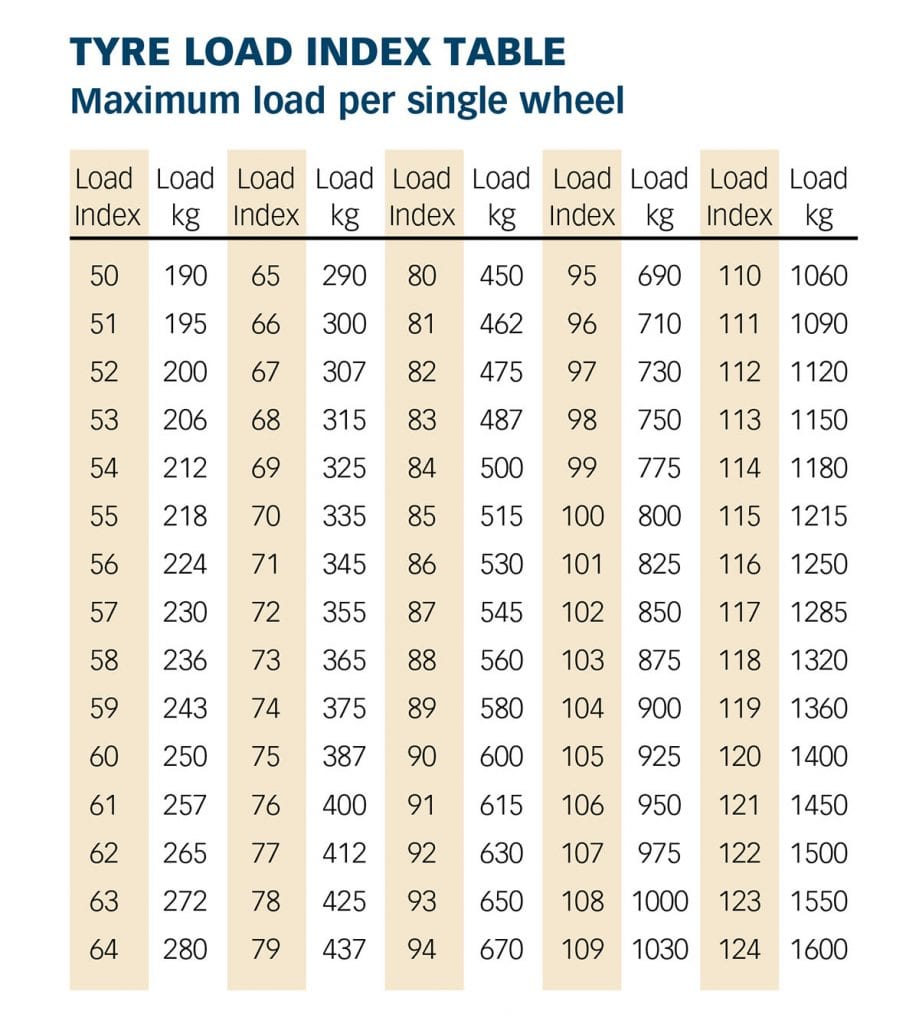[vc_row full_width=”stretch_row” css=”.vc_custom_1599837101679{margin-top: 40px !important;padding-top: 20px !important;padding-bottom: 20px !important;background-color: #f2f2f2 !important;}”][vc_column width=”1/2″][vc_single_image image=”2558″ img_size=”665×417″][/vc_column][vc_column width=”1/2″]
DISCLAIMER
How to check caravan tyre pressure or car trailer pressure?
Caravan tyre pressure FAQs
Under or over inflated tyres can not only adversely affect the handling but can also lead to dangerous tyre failure. Tyres not inflated to the correct pressure also wear out more quickly. So in the long run, keeping them at the right pressure could also save you money.[/vc_toggle][vc_toggle title=”When should I check my caravan tyre pressure?” custom_font_container=”tag:h3|text_align:left|color:%2300456a” custom_use_theme_fonts=”yes” use_custom_heading=”true”]You should always check your caravan tyre pressures prior to any journey, or when towing on a regular basis. Your caravan and car tyres should be cold before you check the tyre pressure, as checking pressures during or after a run will not give an accurate reading, as pressures are likely to drop when they cool down. After checking your caravan tyre pressure you should ensure the valve is not leaking and the valve cap is fitted.[/vc_toggle][vc_toggle title=”Where can I find out the correct pressures for my caravan tyres?” custom_font_container=”tag:h3|text_align:left|color:%2300456a” custom_use_theme_fonts=”yes” use_custom_heading=”true”]The correct inflation pressure for your caravan tyres will be found in the handbook and in some cases on a placard displayed on the vehicle. You can also check with the manufacturer, however as the specifications and tyre pressures can vary depending on the model year the easiest place to check is the placard inside your caravan. Alternatively, you can seek the advice of the tyre manufacturer, use the TyreSafe caravan tyre pressure calculator, or the below tables for suggested tyre inflation pressures and maximum axle loads.
In the absence of special towing recommendations, in order to improve handling and accommodate the additional load on the hitch, the rear tyres should be set at the “fully laden” pressure. Where full load pressure does not differ from that for normal driving the rear tyre pressure should be increased by 4 to 7 psi (0.3 to 0.5 bar).
 [/vc_toggle][vc_toggle title=”What pressure should trailer tyres be?” custom_font_container=”tag:h2|text_align:left|color:%2300456a” custom_use_theme_fonts=”yes” use_custom_heading=”true”]The correct trailer tyre pressure for your trailer will depend on the specific tyre type and size, so always consult the handbook before checking and adjusting your trailer tyre pressure.
[/vc_toggle][vc_toggle title=”What pressure should trailer tyres be?” custom_font_container=”tag:h2|text_align:left|color:%2300456a” custom_use_theme_fonts=”yes” use_custom_heading=”true”]The correct trailer tyre pressure for your trailer will depend on the specific tyre type and size, so always consult the handbook before checking and adjusting your trailer tyre pressure.
As with caravan tyre pressure checks, your trailer tyres should be cold before you check them, and always be inflated to the correct tyre pressure before you begin towing in order to avoid injury or damage to yourself or the tyres.[/vc_toggle][vc_toggle title=”Axle Load and Inflation Pressure Tables” custom_font_container=”tag:h3|text_align:left|color:%2300456a” custom_use_theme_fonts=”yes” use_custom_heading=”true”]The extraordinary demands placed on tyres fitted to caravans mean that, in the interests of safety, it is prudent to avoid continuous operation at or approaching the tyres’ maximum load capacity. Accordingly, the UK tyre industry strongly recommends that the maximum vehicle load should not exceed 90% of the combined tyre load capacity as indicated by load index.
The tables overleaf show maximum recommended axle loads along with suggested tyre inflation pressures for some sizes. The maximum permissible axle loads are shown in red. (The loads shown assume two tyres per axle). You can also use TyreSafe’s unique caravan tyre pressure calculator. Input your caravan’s Maximum Technically Permissible Laden Mass (MTPLM), the number of wheels and your tyre size and type. The calculator will then give you a suggested inflation pressure.
Remember the ‘Golden Rules’For safe towing of caravans and trailer tents:
- Fit the correct tyres
- Tyres must be in good condition
- Tyre pressures must be correctly maintained using an accurate tyre pressure gauge
- Do not overload
[/vc_toggle][vc_toggle title=”Glossary of Terms” custom_font_container=”tag:h3|text_align:left|color:%2300456a” custom_use_theme_fonts=”yes” use_custom_heading=”true”]Bonus Load – Is the additional load permissible (at an increased tyre pressure) when running at a reduced maximum speed of 100 km/h where the gross weight (MTPLM) does not exceed 3.5 tons with a tyre speed symbol of at least L.
Service Description – Is the combination of the tyre’s Load Index (LI) and Speed Symbol (SS) moulded into the sidewall of the tyre in the vicinity of the size marking.
Load Index – Is a numerical code associated with the maximum load a tyre can carry at the speed indicated by the Speed Symbol. (See table on page 9)
Speed Symbol – Indicates the maximum speed at which the tyre can carry a load corresponding to its Load Index. (See table on page 9)
Safety Type Rim – A wheel rim incorporating a hump or flat ledge on the outer bead seat to reduce the risk of possible tyre dislodgement.
Pre-Puncture Sealant – A solution applied to the inside of the tyre at the time of fitting to prevent air loss in the event of a puncture. (Not recommended by the tyre industry).
Post-Puncture Sealant – A liquid applied via the tyre valve following a puncture, which seals the penetration hole. (The tyre industry recommends these as a ‘Get you home’ measure only).
MTPLM – The Maximum Technically Permitted Laden Mass of the caravan/trailer tent. (Formally referred to as the maximum gross or authorised weight).
MIRO – The Mass in Running Order of the caravan/trailer tentwhen equipped to the manufacturer’s standard specification. (Formally referred to as the unladen or ex works weight).
User Payload – The difference between the MTPLM and the MIRO.[/vc_toggle][/vc_column][vc_column][/vc_column][/vc_row][vc_row][vc_column]
